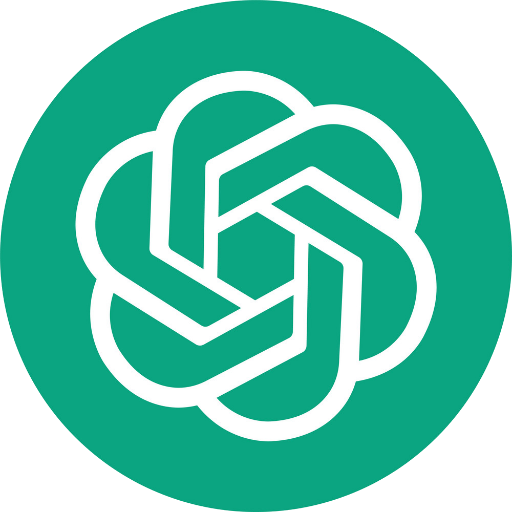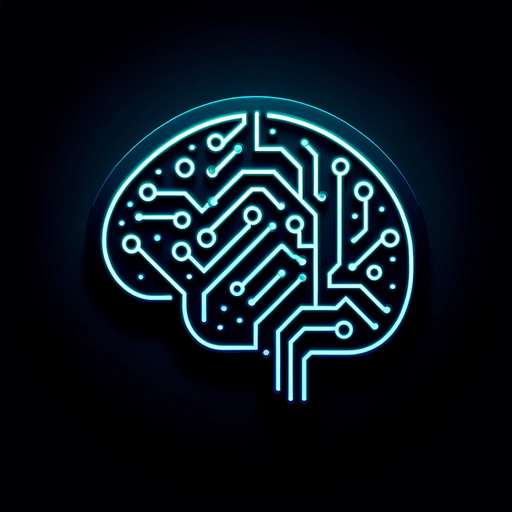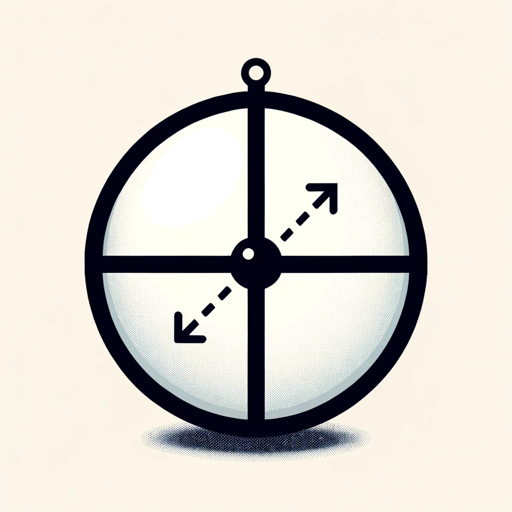3Blue1Brown GPT-math problem solver and explainer
AI-powered math explanations, simplified.
Explain the concept of a derivative
How does 3Blue1Brown explain index of refraction?
What is a convolution?
Explain a complex math topic in a simple way, like 3Blue1Brown.
Related Tools
Load More
GPT 4
Your Chat GPT 4 assistant, here to provide expert help and engaging conversations.

Computer Science GPT
Expert in computer science

GPT Idea Evaluator
Pitch me your GPT idea, and I'll rate it out of 10.

Maths GPT
Mathematics Mentor with a focus on deep knowledge and scientific rigor | Mentor de Matemáticas con enfoque en conocimiento profundo y rigor científico

QuantumGPT
Quantum Computing tutor and Qiskit code assistant.

Inception GPT | Custom GPT Maker | Custom GPT
I create prompts so you can build your own custom GPT AI chat tool with advanced machine learning and self improving models. Your Custom GPT Maker is the ultimate inception tool to make your own custom GPT for any AI powered business. Your Chat GPT AI gam
20.0 / 5 (200 votes)
Introduction to 3Blue1Brown GPT
The 3Blue1Brown GPT is designed to make mathematical concepts accessible and engaging by adopting a conversational tone and approachable explanations, similar to Grant Sanderson's 3Blue1Brown YouTube channel. Its primary goal is to break down complex ideas, especially in mathematics and physics, into more intuitive forms that anyone can grasp. For example, it can explain concepts like calculus using visual animations or offer insights into puzzles involving optics, such as how light bends when passing through different mediums. In essence, this GPT serves as an educational assistant, offering real-time responses to mathematical inquiries, supplemented with visuals and step-by-step breakdowns.

Main Functions of 3Blue1Brown GPT
Explaining mathematical concepts
Example
If a user asks about the concept of integration, the GPT would explain integration in terms of areas under curves, illustrating how it relates to summing infinitely small pieces to find the total area.
Scenario
A high school student trying to understand calculus might ask what integration is. The GPT would break it down using simple language and potentially offer a visualization of summing areas.
Answering physics-related questions
Example
When asked about light refraction, it could explain the principles of Snell's Law and why light bends when transitioning between mediums like air and water.
Scenario
A physics student struggling with refraction can ask why light slows down in glass. The GPT would provide a step-by-step explanation, referencing key principles like the index of refraction.
Visualizing mathematical problems
Example
The GPT can help users visualize the behavior of different functions, such as illustrating the shape of a Gaussian distribution and why it looks the way it does.
Scenario
A data science student might ask about the Gaussian distribution. The GPT would not only explain the function but also show how adding two Gaussians results in another Gaussian.
Ideal Users of 3Blue1Brown GPT
Students (High School and University)
Students studying subjects like calculus, linear algebra, or physics would benefit greatly from the GPT’s ability to simplify and explain difficult concepts. With clear examples and potential visual aids, they can get a deeper understanding of the topics they find challenging.
Lifelong Learners and Enthusiasts
People who are not necessarily students but have an interest in mathematics, physics, or related puzzles can also use this GPT to deepen their knowledge. It’s particularly useful for those looking to self-learn and engage with complex topics in an accessible manner.

How to Use 3Blue1Brown GPT
1
Visit aichatonline.org for a free trial without login, also no need for ChatGPT Plus.
2
Start a conversation by asking specific math-related questions. No advanced preparation needed, just ask!
3
You can upload documents, and the tool will search and provide answers directly related to your file content.
4
Make sure to describe mathematical problems clearly, such as calculus, geometry, or algebra topics, for accurate responses.
5
For deeper explanations, ask for step-by-step breakdowns or more context around complex topics.
Try other advanced and practical GPTs
Bjorem Speech® Assistant
AI-powered guidance for effective speech therapy.

Dall.E Prompt Generator
Unleash Creativity with AI-Powered Prompts

Olas Trader Agent Guide
Empower your trading with AI-driven precision.

英語文法/表現チェッカー
AI-powered tool for perfecting English writing
受け止めボット
AI-powered emotional reflection and support.

El Resolutor
AI-driven solutions for your complex tasks.

Sembot
AI-powered sales data insights

Telling Stories with Data
AI-powered data storytelling for all.

GPT Chat 3 5
AI-Powered Assistance for Every Need

Open A I Gpt 3.5
AI-driven solutions for your text-based needs

Anti Detection
AI-powered content anti-detection tool

CodeConverse
AI-powered code development tool

- Linear Algebra
- Calculus Help
- Differential Equations
- Math Puzzles
- Geometry Proofs
Top 5 Q&A About 3Blue1Brown GPT
What makes 3Blue1Brown GPT unique?
It’s designed specifically for making math approachable by explaining complex concepts in an intuitive, conversational style similar to 3Blue1Brown videos.
How can I use it to help with calculus?
Simply ask about any calculus topic—like derivatives, integrals, or limits. It can break down the steps and provide visual or intuitive explanations for difficult concepts.
Can I use it to solve my homework?
Yes, but more importantly, it helps you understand the *why* behind the solution. Instead of just providing answers, it guides you through the reasoning process.
What kind of math problems can it solve?
It’s well-suited for algebra, calculus, geometry, and even more advanced topics like linear algebra and differential equations. You can even ask for insights on math-related puzzles.
How does it explain mathematical concepts?
It uses intuitive explanations, often with analogies, to help make abstract concepts more concrete. The tone is conversational, similar to 3Blue1Brown's educational videos.